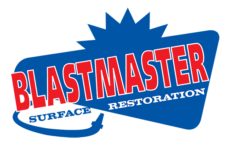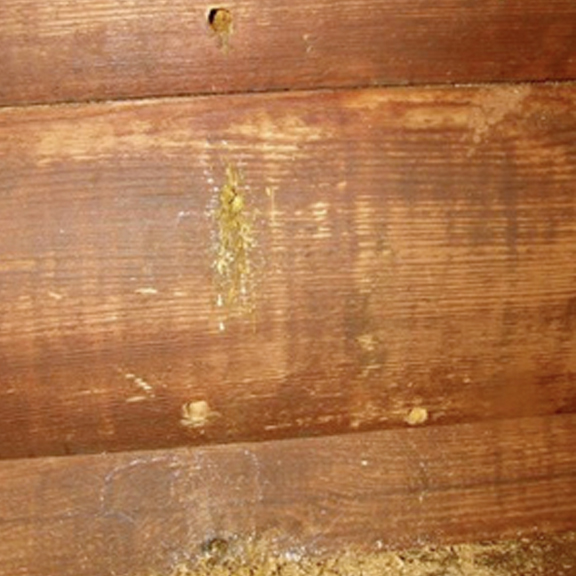Carpenter Bees and log homes are not a pleasant combination for the log home owner. Unfortunately, the bees do not agree. Carpenter bees bore holes approximately ½” in diameter in which to lay eggs. The bees can do a great deal of damage as they burrow several inches in each direction turning wood into “swiss cheese.”
However, the worst damage is often caused by woodpeckers that hear the bees in the wood and go after them for a tasty meal.
Completely eradicating these pests is not always possible, however, controlling them and limiting the damage they cause is quite important to maintaining the integrity and value of your log home.
The first step in controlling carpenter bees is by applying a good quality multi-coat finish as bees typically go after untreated, unfinished wood. This step alone will greatly reduce the likelihood of bees boring new holes. If your home has a failing finish, or a very thin finish, the bees quickly penetrate through it without a problem.
If, however, you have a multi-coat finish, they are less likely to eat through it as it doesn’t “taste” like wood.
Secondly, there are numerous pesticides and powders that can be sprayed, or applied with a puffer into the bee holes. This helps to kill the bees presently in the hole, but rarely does much to kill the eggs that are still inside.
The third step is to seal up the hole to “trap” any unhatched larva from coming out after hatching. You might have already found out that caulk alone will rarely keep the bees inside. The bees are easily able to bore through caulk like they bore through wood. So, before caulking the hole, it is best to fill the hole with steel wool, or aluminum foil which is harder for them to chew through.

